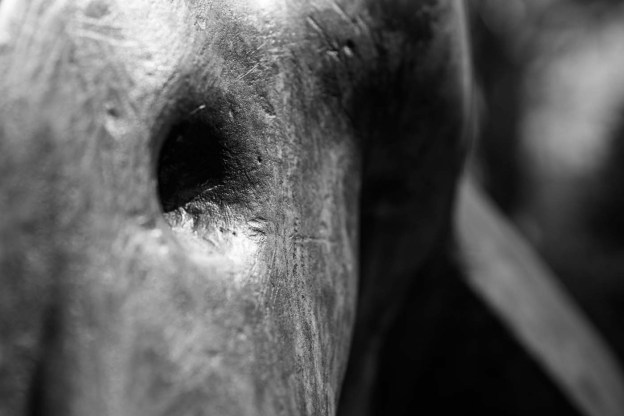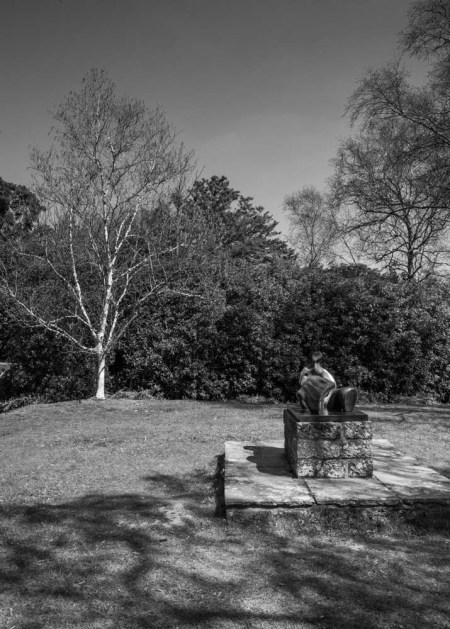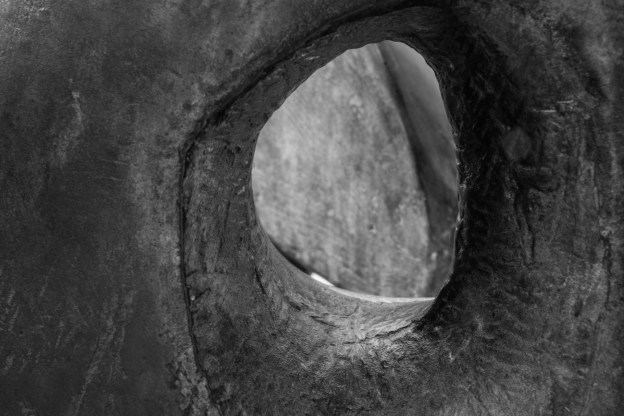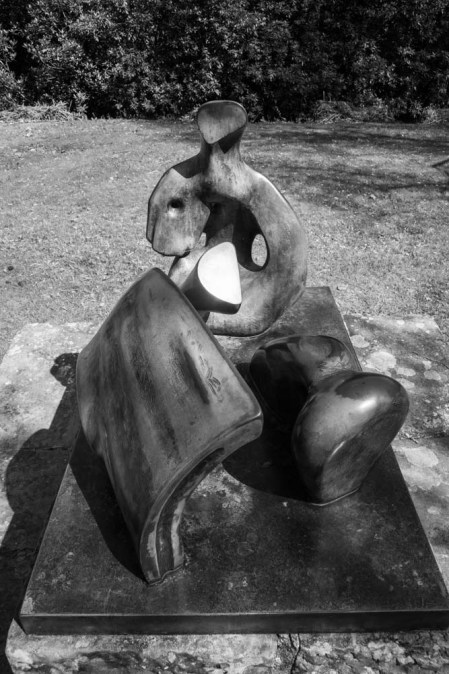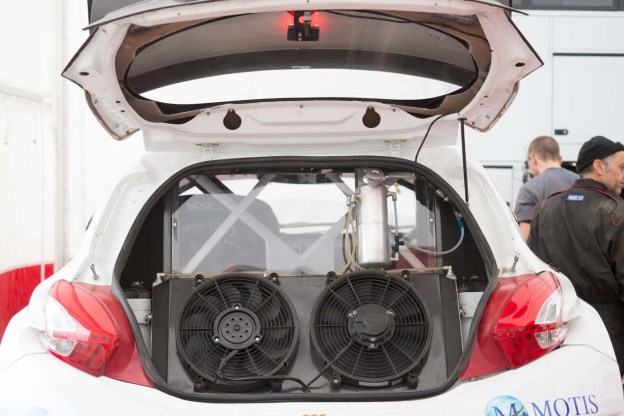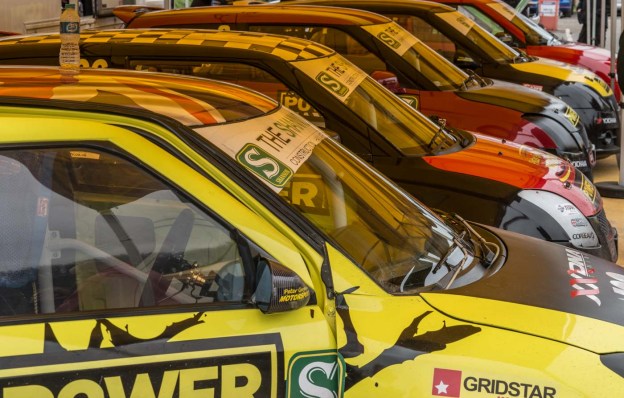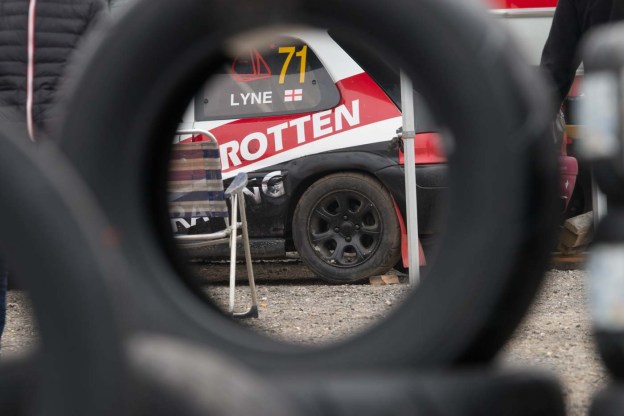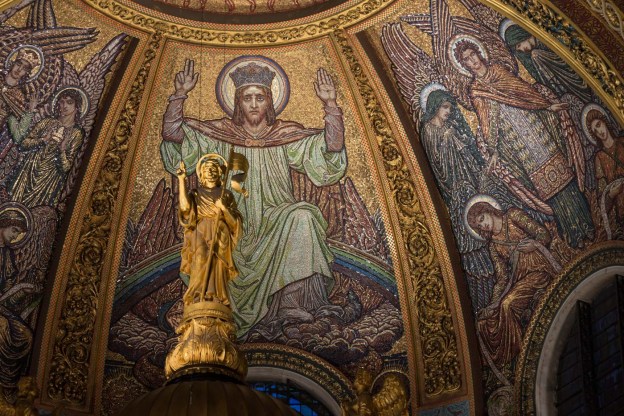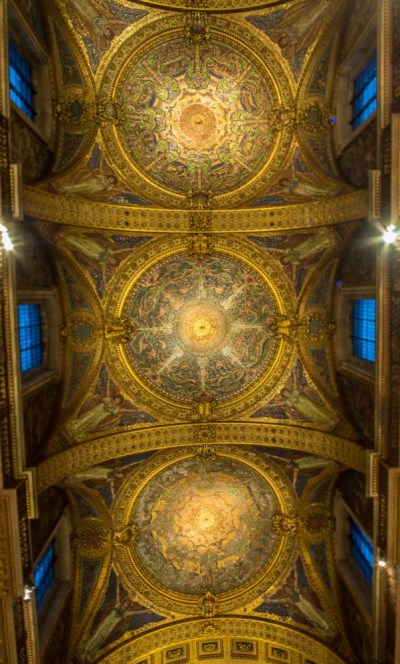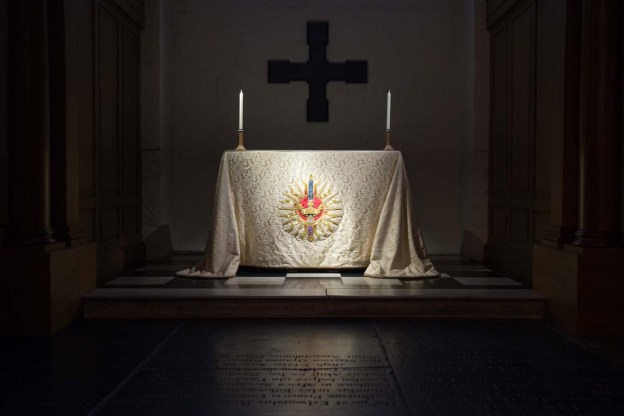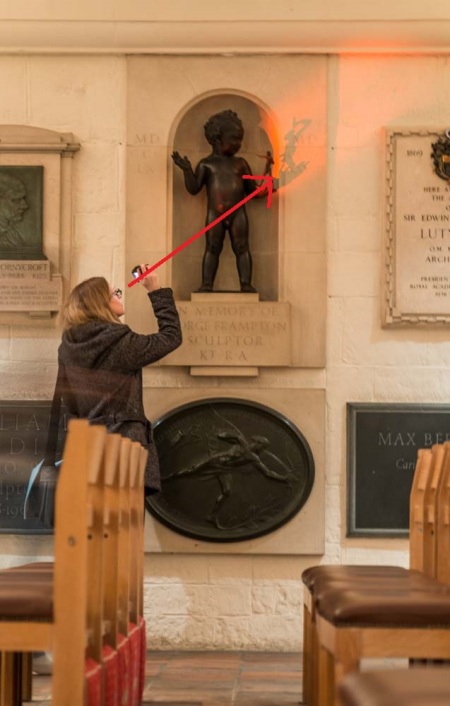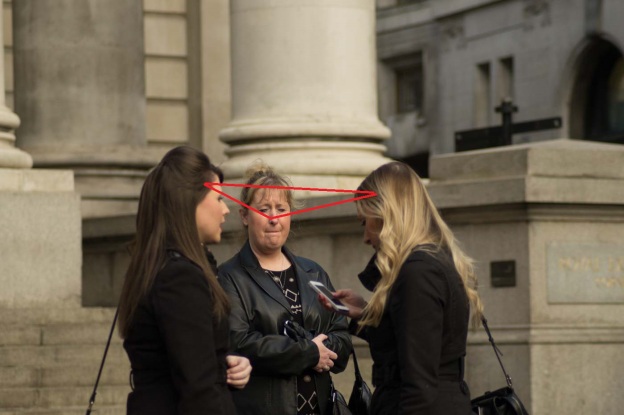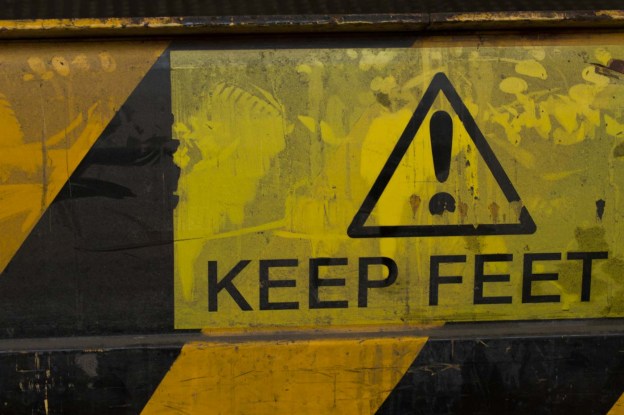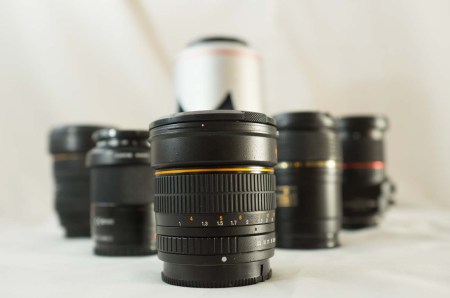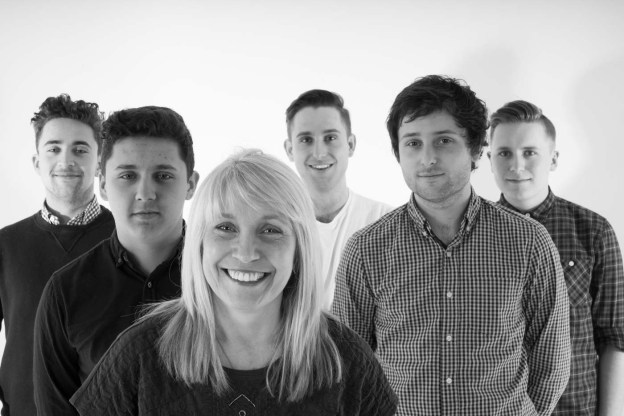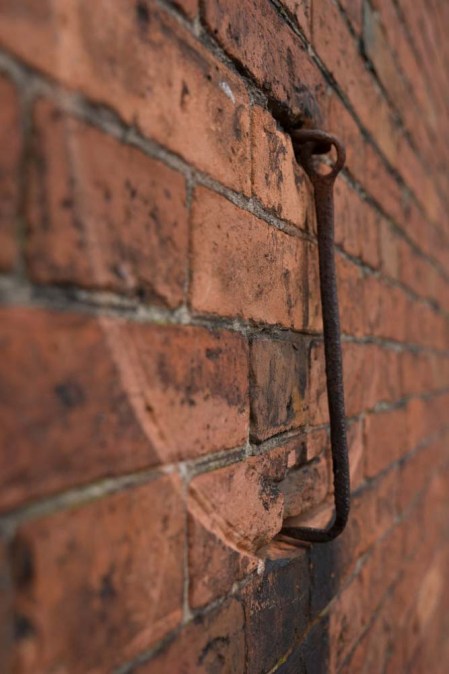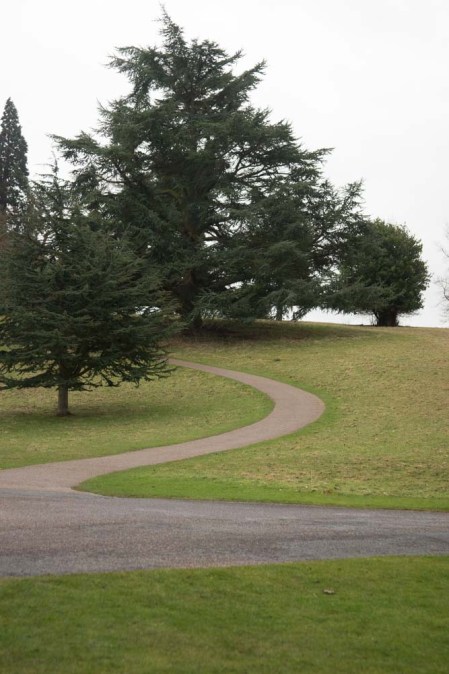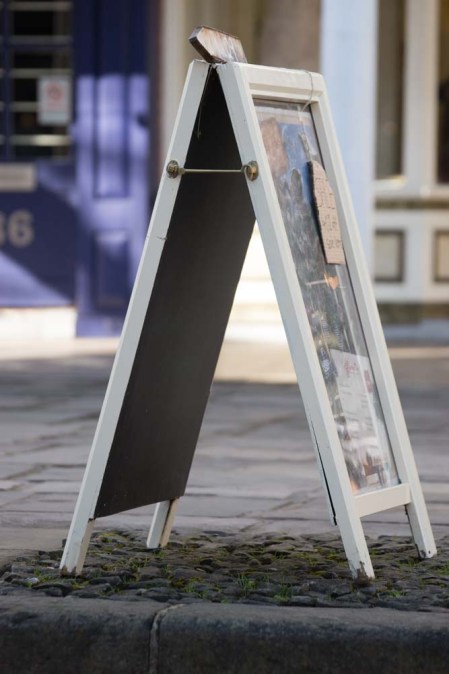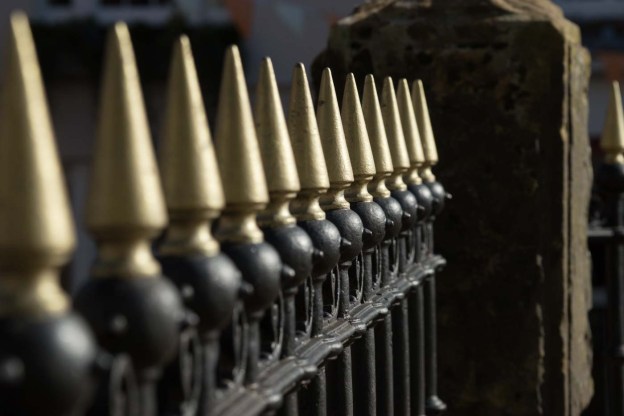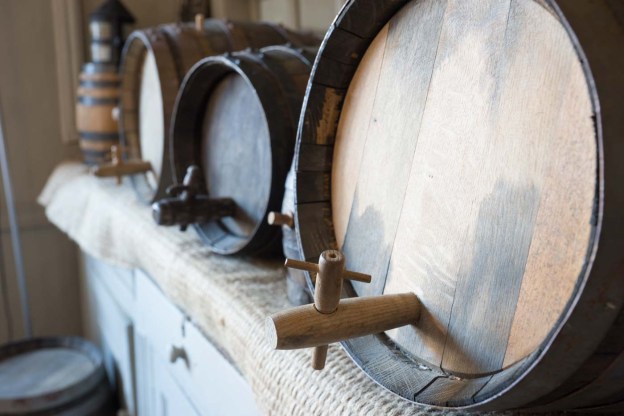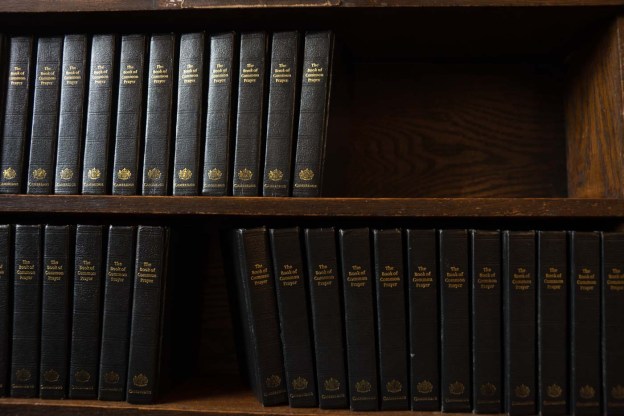Have received my Tutor’s report for my second assignment and am fairly pleased with it:-
“Overall Comments.
You have chosen a specific theme to use for this assignment concerning a sculpture by Henry Moore situated in Scotney Castle. This one sculpture provided the elements required to conveniently suit this exercise. You have added your preliminary thoughts on this assignment with a selection of suitable images that would also fit the brief.
Assessment potential
‘I understand your aim is to go for the Photography Degree and that you plan to submit your work for assessment at the end of this course. From the work you have shown in this assignment, providing you commit yourself to the course, I believe you have the potential to succeed at assessment’.
Feedback on assignment
Single point dominating the composition. This sculpture does dominate the composition, as it is a man made bold object placed in a natural wooded environment. Shown in black & white does blend the subject with the surroundings to some extent with similar tonal range. The second image showing a close up of part of the work that looks like an eye stands out as a single point that is quite dominant in this composition. The photograph appears to resemble an elephant’s head and eye.
Two Points: The image depicted here shows a dominant silver birch tree in alignment with the sculpture thus forming the two points. The bright sunlight emphasises the silver trunk of the tree where the eye is drawn immediately to this and then bounces towards to the sculpture.
Several Points in a deliberate shape: This is a very attractive composition of the sculpture where this has lent itself to be shown in black & white specifically. The lighting is ideal on a bright sunny day allowing the natural shadows to give depth to the image. One can appreciate the many shapes of this structure in this nicely composed image. Along with many shapes the photograph shows arches, triangles and implied triangles that complement this composition. I can understand why you chose this image as your frontispiece.
A combination of vertical and horizontal lines: The plinth happens to be a natural subject to show both vertical and horizontal lines in one image. The silver birch trunk echoes the upright stone brickwork of vertical lines quite nicely. Horizontal lines are displayed from the bricks, mortar lines and stone base of the structure. There is a good three-dimensional feel to this image where the tree trunk is placed out of focus using f/5.6 open aperture.
Diagonals: Even though this shot is contrived to produce this angle, it demonstrates the category in this theme. Looking at the various shots of this sculpture, I can see other areas where this is also evident either as natural or implied versions of diagonals.
Curves: You have shown two distinct examples of curves within the sculpture that cover this part of the assignment adequately. The first shot at standard focal length shows a good depth of field and excellent lighting to reveal texture and interesting features of this work of art.
Distinct if irregular shapes: The sculpture once again has afforded you an opportunity to cover this particular category within the carving. One could say that most of the sculpture is a mass of distinct and irregular shapes!
Implied triangles: Your two examples cover this aspect well and there are others within the shots you have taken, such as DSC03525 in the tree branches and DSC03739 within the shape of the sculpture base.
Rhythm: With the example you have depicted here, it demonstrates a flow of the sculpture elements that could cover this aspect rather than having to deviate from your subject matter.
Pattern: The markings are deliberate on the statue and seemingly drawn in a haphazard fashion, may mean something to the artist or may even be decipherable? Nevertheless it does show the theme of some sort of pattern that has taken place in this sense.
Congratulations on coming up with an inspirational idea to use one subject to demonstrate the themes required for this assignment. It has challenged you to use your observational skills, which for a photographer are crucial in producing imaginative material. As you say in your summary, it brings out the creative skills to seek out the most effective shots.
Learning Logs or Blogs/Critical essays
https://richardbrown56taop.wordpress.com/
Keeping sketchbooks and a learning log/blog is an integral part of this and every other OCA course, not only because they constitute 20% of your marks if you choose to have your work formally assessed but they are also an excellent way to see how you are developing.
Thank you for sending me images of your learning log. It is quite extensive and will form an important part during the assessment stage once the course has finished. I imagine you are keeping this in a binder and with the inclusion of links to your Blog will indicate to the assessors the amount of research and work you have ben engaged in to produce this information.
There is no doubt you have researched thoroughly and are producing a most interesting and informative blog. As I have already intimated, your preliminary shots for this assignment have also produced creditable images suitable for this project.
As you are no doubt well aware, your course finishing date is 16th October 2015, so I would recommend you make a timetable to complete this before that date. Can I suggest you try to submit assignment 3 in July, assignment 4 in August and assignment 5 in September, as you will then need to submit for assessment following the completion of the course.
Suggested reading/viewing
Useful websites to view.
https://theartofphotographybysuzy.wordpress.com/category/assignments/assignment-3-colour/
http://cblearninglog.wordpress.com/category/assignments-for-taop/assignment-3-colour/
http://nicksoca.webs.com/photography1/artofphotography/colour/colour.htm
Pointers for the next assignment
‘Colour’. This is about colour relationships and colour harmony. Follow the colour wheel to ascertain the various different colour effects that make up the harmony aspect of a photograph. Opposite colours such as Red/Green are complementary, Similar colour sit alongside each other and Contrasting colours are those that are about thirds around the colour wheel such as Red, Blue, Yellow (the primary colours) also Black and white are contrasting colours. Seek out natural images such as the colours that make up a building, wall, plants and clothes. It is best not to contrive a shot to achieve the result.”
I feel my choice of subject and treatment has been a good one and from the feedback it appears my Tutor does too. I am both looking forward to, and worrying about, the colour exercises as this has been an aspect of my photography that I have not consciously given a lot of thought to.


